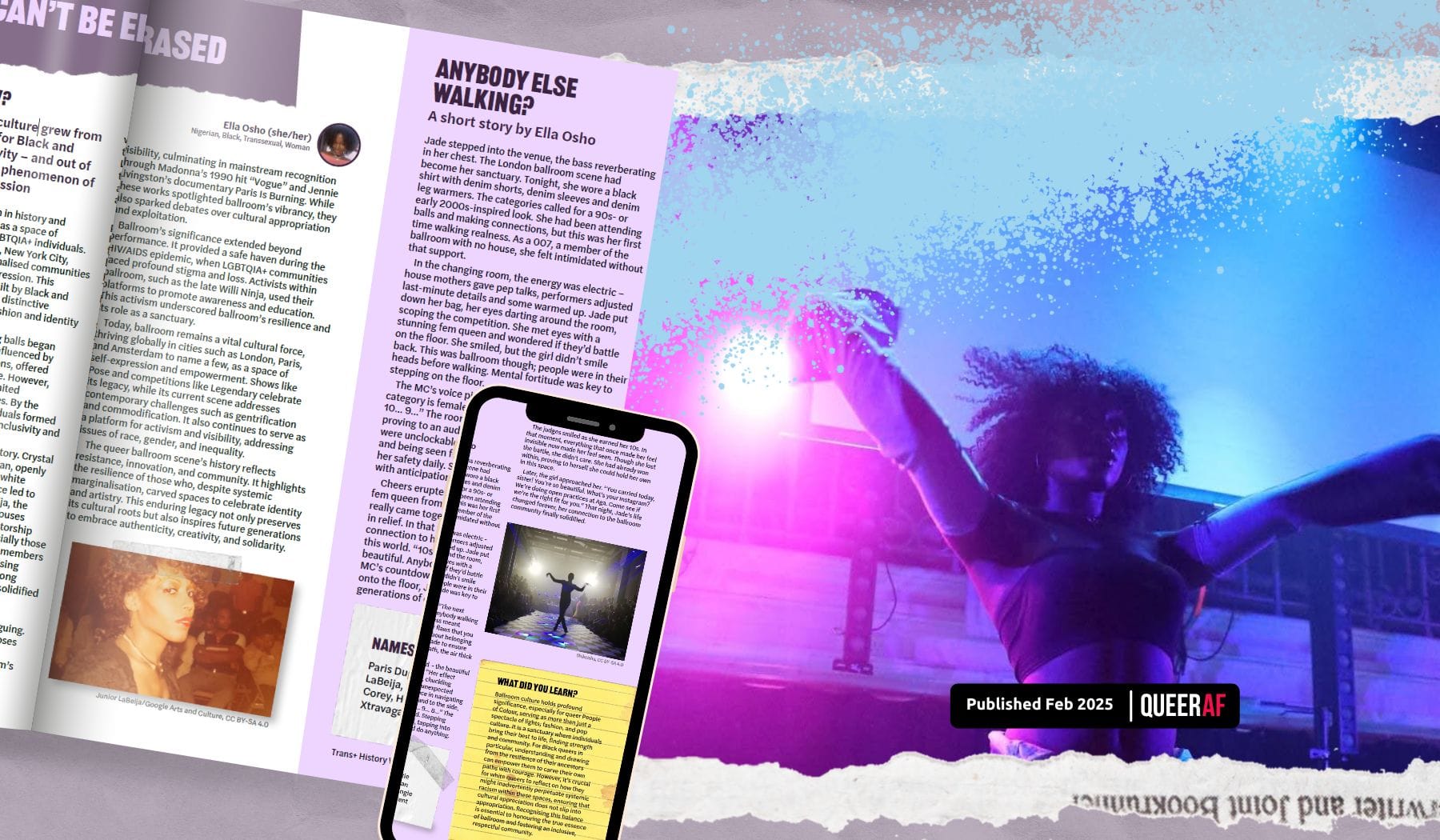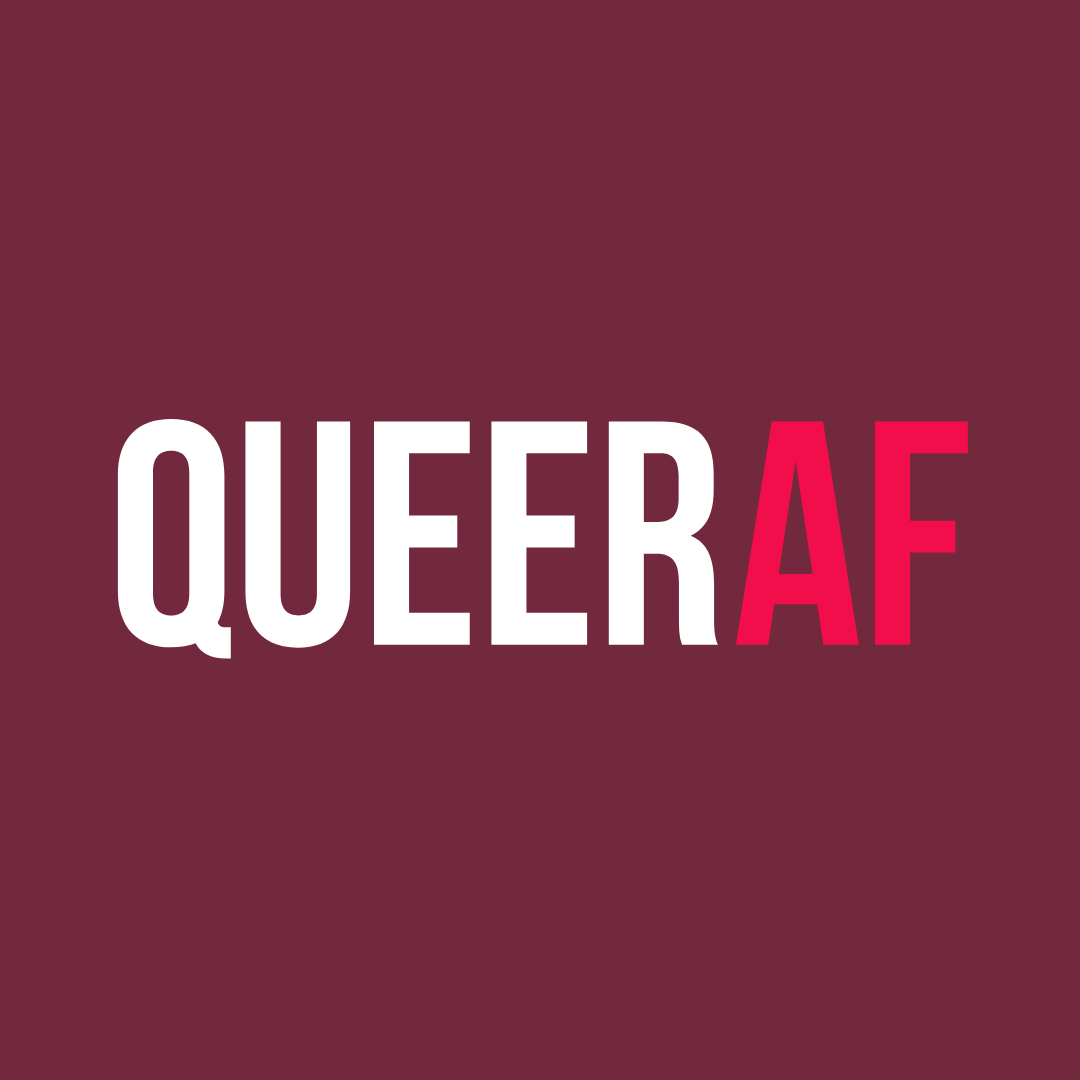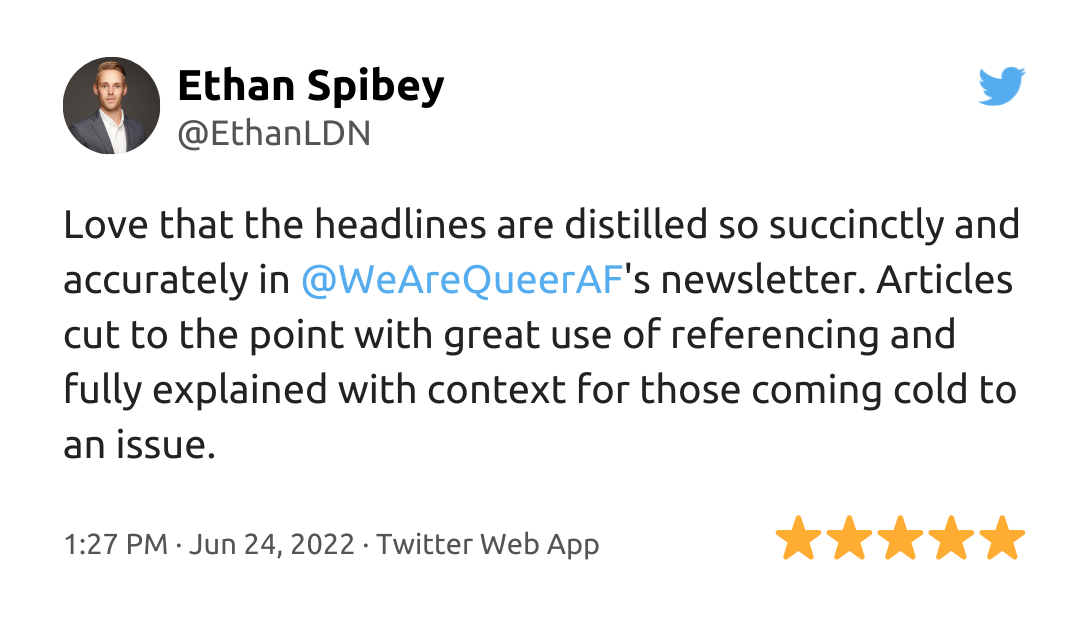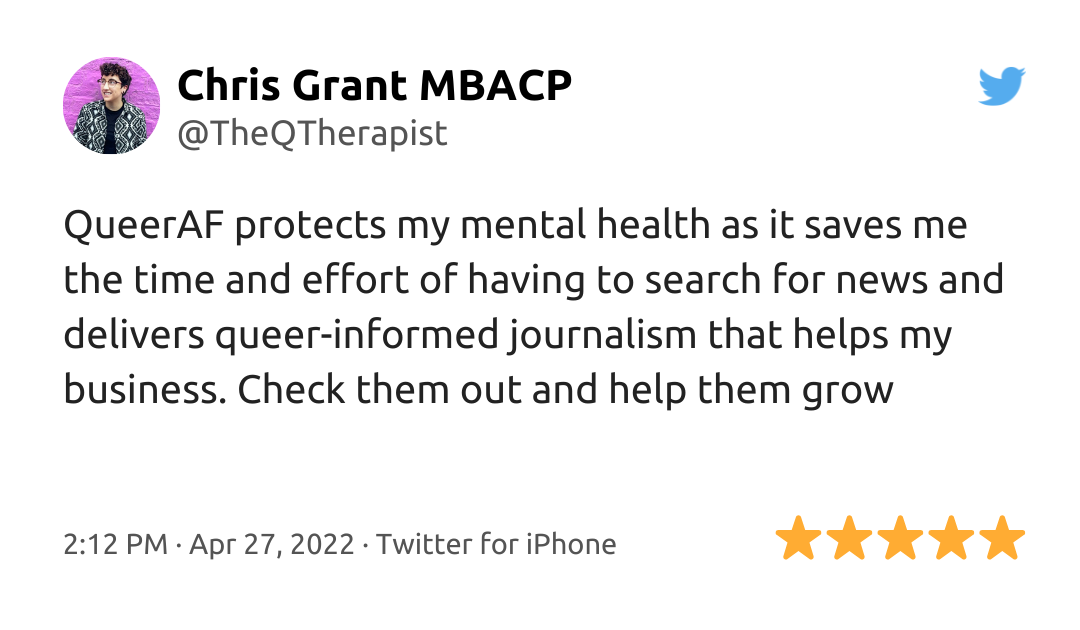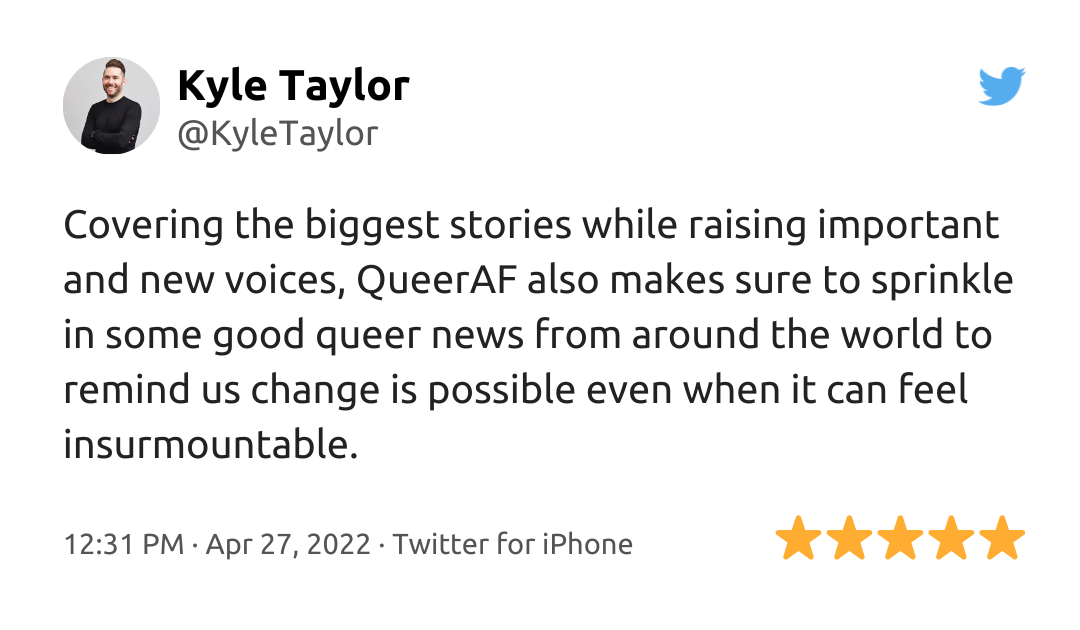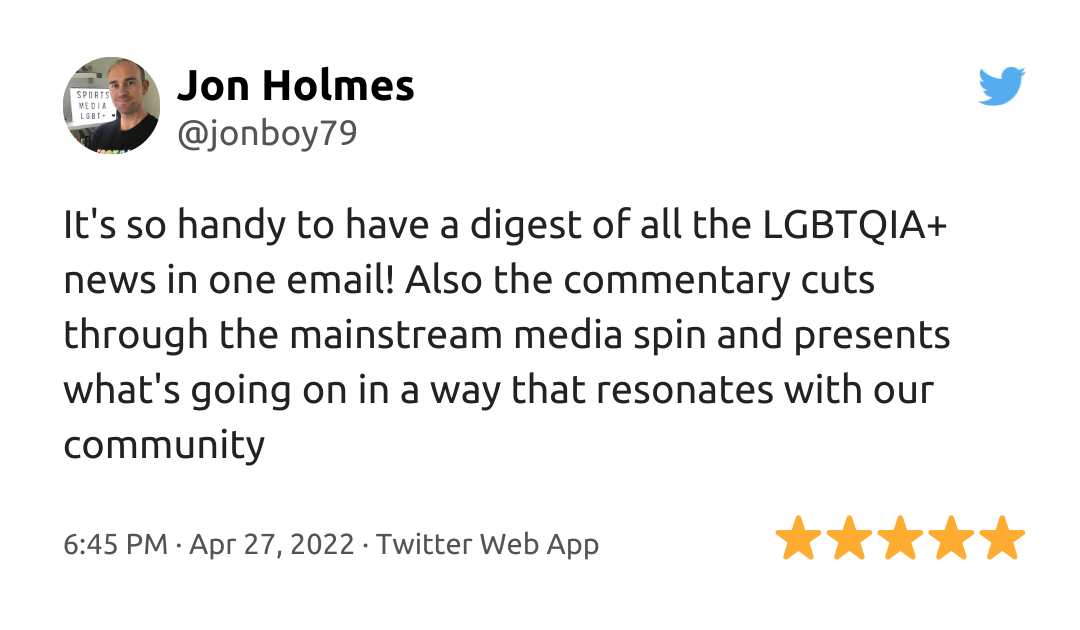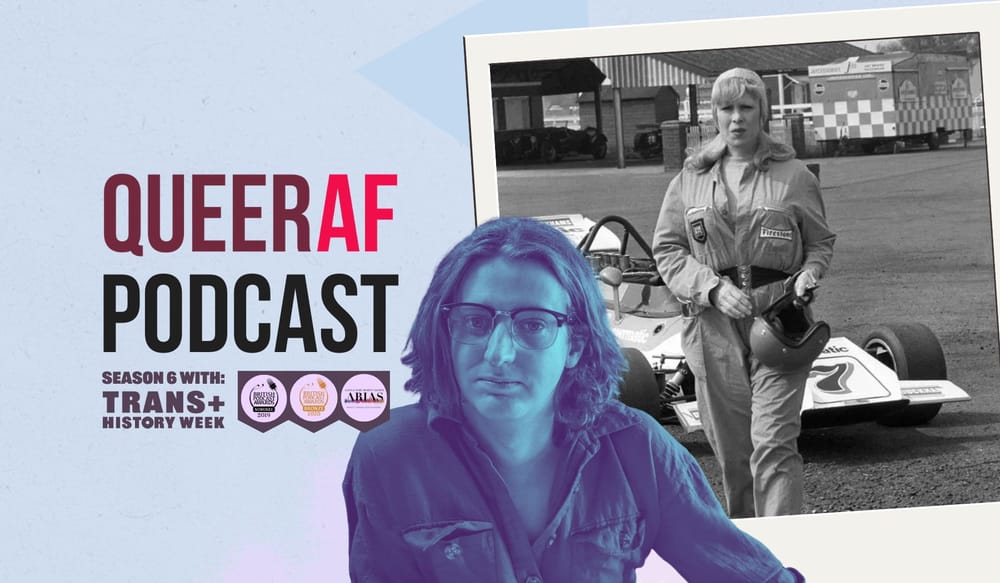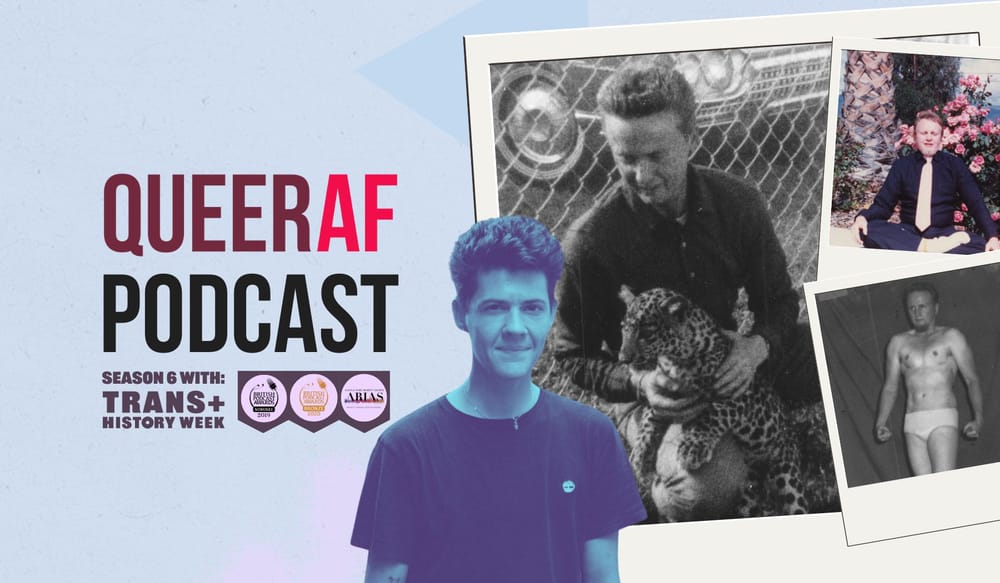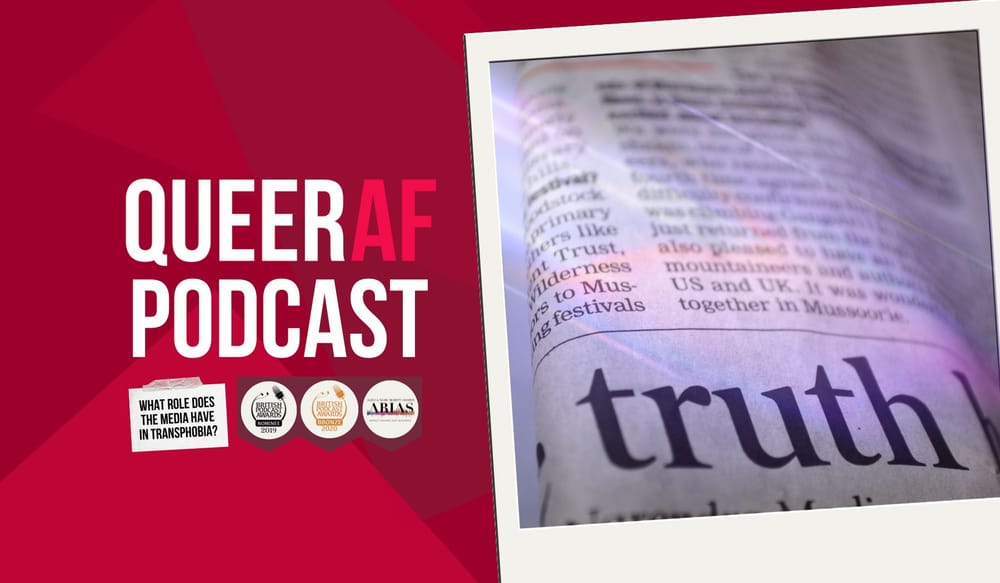
The queer ballroom scene, rich in history and cultural significance, emerged as a space of resistance and creativity for LGBTQIA+ individuals. Rooted in 20th-century Harlem, New York City, ballroom culture grew as marginalised communities sought refuge from societal oppression.
This underground network, largely built by Black and Latinx queer people, developed a distinctive culture blending performance, fashion and identity expression.
In the early 1900s, Harlem’s drag balls began to flourish. These events, initially influenced by vaudeville and masquerade traditions, offered LGBTQIA+ people a rare public stage. However, systemic racism and segregation limited participation for non-white attendees.
By the 1920s and 1930s, Black queer individuals formed their own drag ball circuit, fostering inclusivity and emphasising community solidarity.
Key figures shaped ballroom’s trajectory.
Crystal LaBeija, a trailblazing Black trans woman, openly criticised racism within predominantly white drag pageants in the 1960s. Her defiance led to the establishment of the House of LaBeija, the first ‘“house’” within ballroom culture.
Houses became surrogate families, offering mentorship and protection to LGBTQIA+ youth, especially those rejected by their families of origin.
House members competed in ballroom categories, showcasing talents in vogue, runway, and realness, among others. The competition and camaraderie solidified ballroom’s unique community structure.
By the 1980s, ballroom had expanded significantly, driven by the emergence of voguing. This dance style, characterised by angular poses and fluid movements, drew inspiration from fashion magazines.
Voguing elevated ballroom’s visibility, culminating in mainstream recognition through Madonna’s 1990 hit “Vogue” and Jennie Livingston’s documentary Paris Is Burning. While these works spotlighted ballroom’s vibrancy, they also sparked debates over cultural appropriation and exploitation.

Ballroom’s significance extended beyond performance. It provided a safe haven during the HIV/AIDS epidemic, when LGBTQIA+ communities faced profound stigma and loss. Activists within ballroom, such as the late Willi Ninja, used their platforms to promote awareness and education. This activism underscored ballroom’s resilience and its role as a sanctuary.
Today, ballroom remains a vital cultural force, thriving globally in cities such as London, Paris, and Amsterdam to name a few, as a space of self-expression and empowerment.
Shows like Pose and competitions like Legendary celebrate its legacy, while its current scene addresses contemporary challenges such as gentrification and commodification. It also continues to serve as a platform for activism and visibility, addressing issues of race, gender, and inequality.
The queer ballroom scene’s history reflects resistance, innovation, and community. It highlights the resilience of those who, despite systemic marginalisation, carved spaces to celebrate identity and artistry.
This enduring legacy not only preserves its cultural roots but also inspires future generations to embrace authenticity, creativity, and solidarity.
What can we learn from this history?
Ballroom culture holds profound significance, especially for queer People of Colour, serving as more than just a spectacle of lights, fashion, and pop culture. It is a sanctuary where individuals bring their best to life, finding strength and community.
For Black queers in particular, understanding and drawing from the resilience of their ancestors can empower them to carve their own paths with courage.
However, it’s crucial for white queers to reflect on how they might inadvertently perpetuate systemic racism within these spaces, ensuring that cultural appreciation does not slip into appropriation.
Recognising this balance is essential to honouring the true essence of ballroom and fostering an inclusive, respectful community.
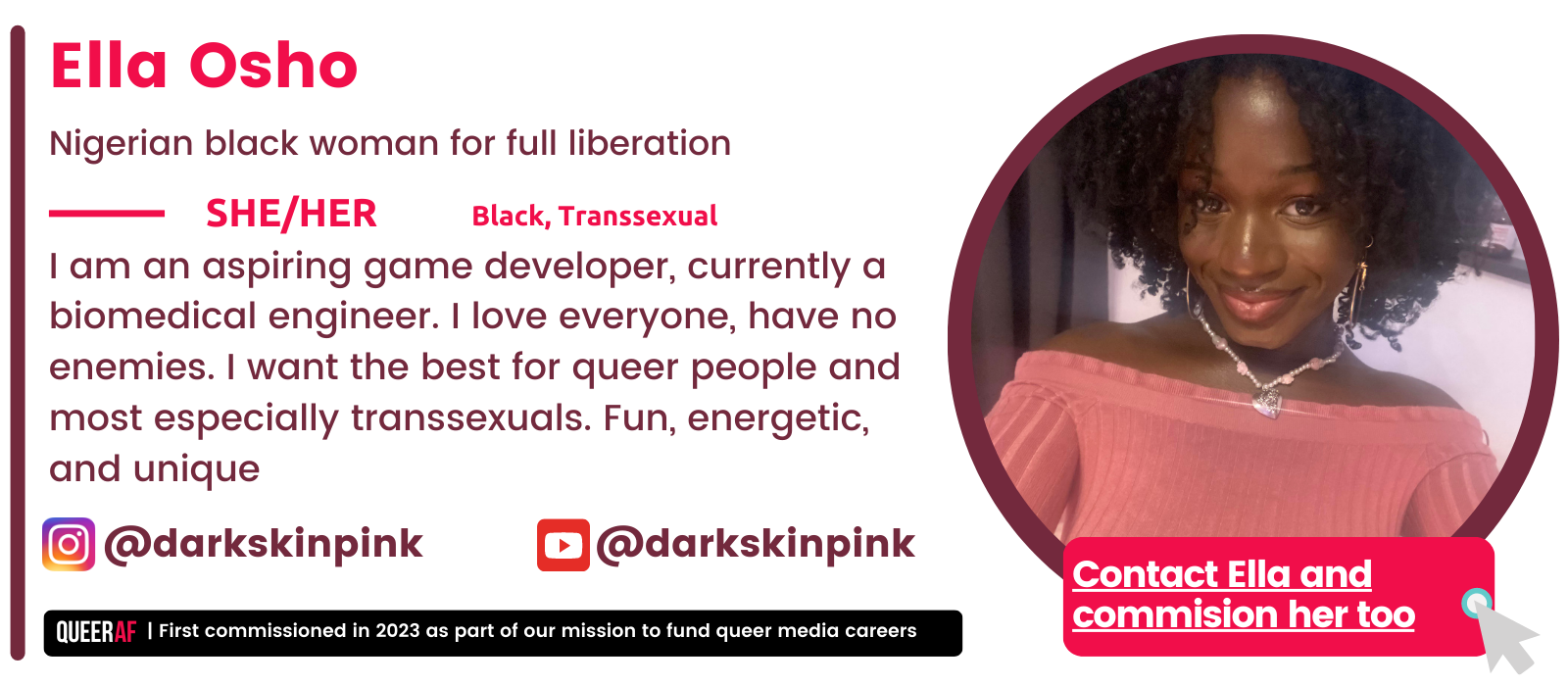
Time to do the workbook
The 2025 Trans+ History Week workbook is packed with stories, tips, and advice on how to create your own content, events, and activities during the week.
This year, QueerAF produced the workbook for Trans+ History Week. We mentored five Trans+ researchers and writers to put it together through over 80 hours of research.
That work was spearheaded by lead researcher Gray Burke-Stowe, who ensured the stories have accurate and rich historical sources.
Download it now to immerse yourself in stories of the Māhū people of Hawai’ian and Tahitian culture or the history of modern ballroom.
Or maybe you're intrigued by an early internet archive of Successful Trans Men? Or pilot, engineer and racer Roberta Cowell?
Get your copy now, to help us get the word out: We've always been here, we can't be erased, we're more than Trans+, and crucially, we're stronger together.

